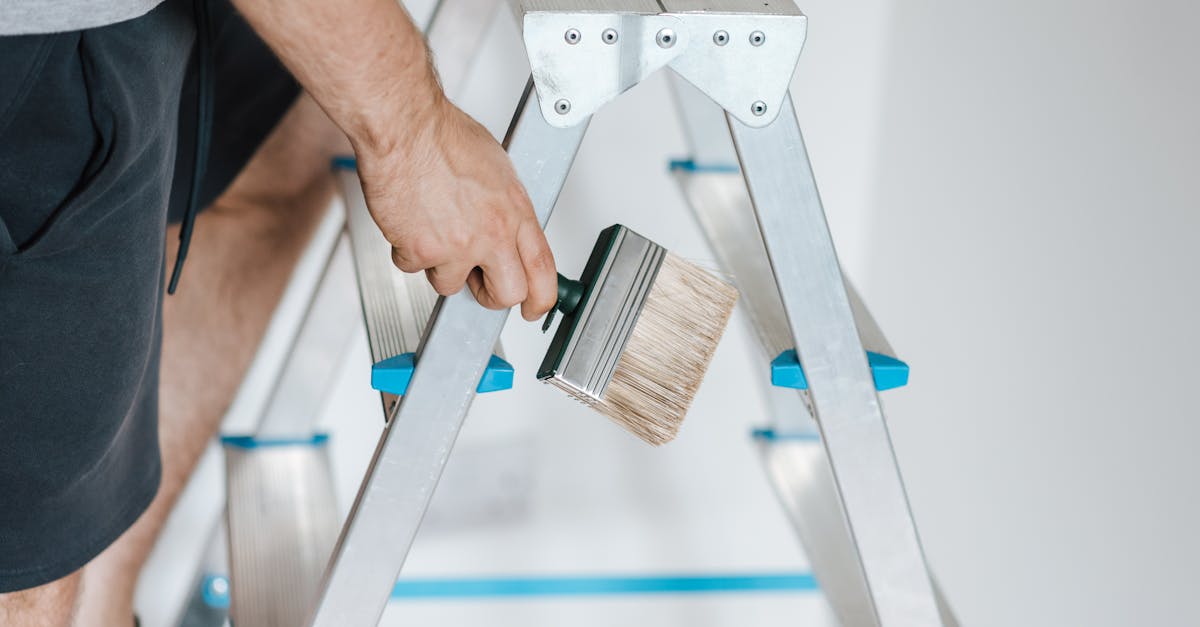
Maximizing Value and Minimizing Expenses in Custom Home Building
Table Of ContentsPrivacy Policy
rpentry and plumbing to electrical work and design expertise. Assessing your proficiency in these areas will help you determine which tasks you can confidently undertake yourself and which may require the expertise of professionals. Moreover, time is a precious commodity when it comes to home construction. Factor in your work commitments, family obligations, and any other responsibilities that may affect the pace at which you can dedicate yourself to the project.
Understanding the scope of work and the time investment required is paramount to the success of your custom home building endeavour. It is crucial to be honest with yourself about your capabilities and limitations. If certain aspects of the project seem beyond your skill level or if you are constrained by time constraints, it may be prudent to enlist the help of qualified professionals. By carefully evaluating your skills and time resources from the outset, you can make informed decisions that will ultimately lead to a smoother and more cost-effective custom home building process.
Navigating Permit and Approval Processes
Navigating permit and approval processes can often be a complex and time-consuming aspect of custom home building. It is crucial for homeowners to be well-informed about the regulations and requirements set forth by local governing bodies before initiating any construction activities. Failure to comply with these regulations can result in delays, fines, or even the halting of the project altogether. Engaging with the local council or relevant authorities early on in the planning stages can help in gaining a clear understanding of what is needed to secure the necessary permits.
Homeowners should also consider seeking professional assistance from experienced builders or consultants who are well-versed in navigating the permit and approval processes. These professionals can provide valuable guidance and support throughout the entire process, ensuring that all necessary paperwork is completed accurately and in a timely manner. By having a knowledgeable team on board, homeowners can streamline the approval process and minimise the risk of encountering any setbacks or complications along the way.
Understanding Local Regulations and RequirementsSitemap
Navigating the intricate web of local regulations and requirements is a crucial aspect of custom home building. Each region has its own set of rules and standards that must be adhered to in order to obtain necessary permits and approvals for construction. It is imperative for homeowners and builders to familiarize themselves with these regulations early on in the planning process to avoid any costly delays or setbacks.
By conducting thorough research or consulting with local authorities, individuals can gain a better understanding of the specific requirements that pertain to their building project. From zoning restrictions to environmental impact assessments, being well-informed about the regulations can help streamline the approval process and ensure that the project is in compliance with all legal obligations. Working proactively to address these considerations can ultimately save time, money, and headaches down the road.
Collaborating with Architects and Designers
When partnering with architects and designers during the custom home building process, clear communication of your vision and budget constraints is essential. It is crucial to provide detailed information about your desired design aesthetic, functionality requirements, and any specific features you wish to incorporate into your home. This open dialogue will help ensure that the architectural team understands your expectations and can incorporate them into the design plans effectively.Contact Us!
The Economics of Custom Home Building: Where to Invest and Save
Evaluating the Financial Implications of Custom Home Features